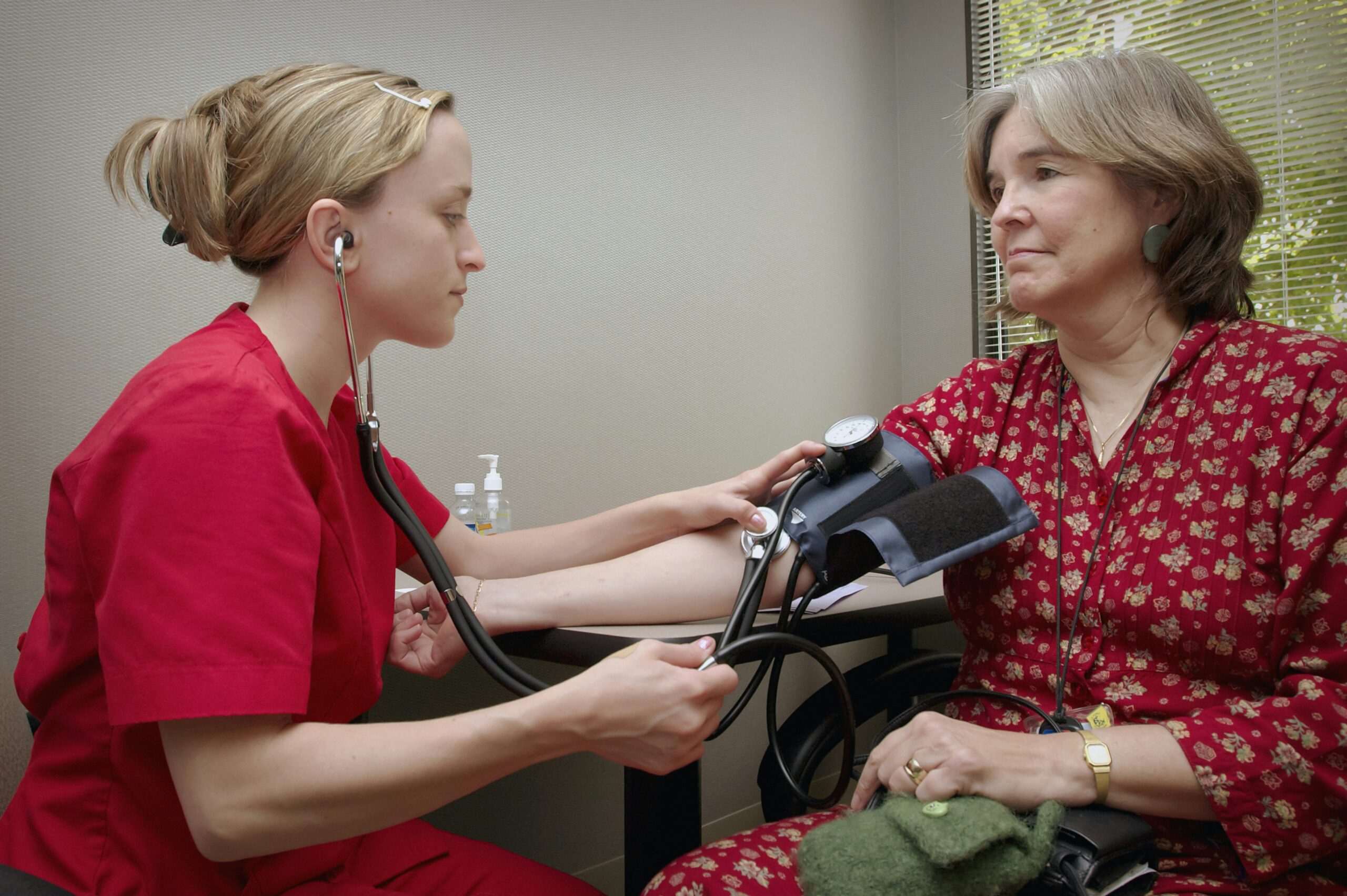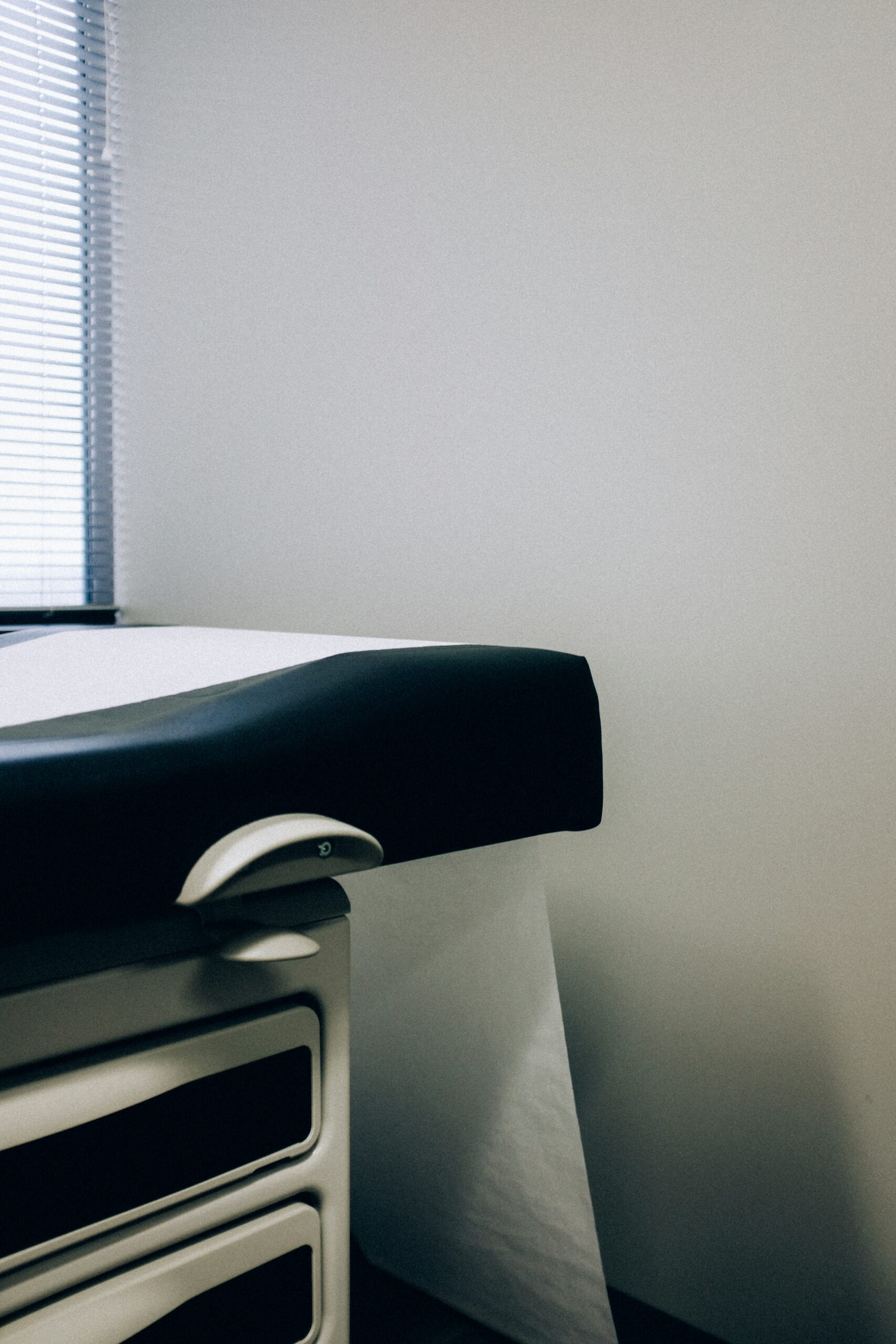Have you ever wondered how doctors can accurately diagnose a swollen prostate? Understanding the process can provide valuable insight if you or a loved one is navigating such health concerns. One common method for evaluating the prostate gland is the Digital Rectal Exam, often abbreviated as DRE. This article will explain what a Digital Rectal Exam is and illustrate its use in assessing prostate health and diagnosing conditions like swelling attributable to various causes.
Understanding the Digital Rectal Exam (DRE)
A Digital Rectal Exam (DRE) is a medical examination technique primarily used to check the health of your prostate. The prostate is a small gland in males situated between the bladder and the penis, and its role is crucial in reproductive health. Since the prostate has a close proximity to the rectum, physicians can access it uniquely through a rectal examination.
What Happens During a Digital Rectal Exam?
During a DRE, your doctor will insert a lubricated, gloved finger into your rectum. This allows them to feel the posterior surface of your prostate gland. The procedure may sound intimidating, but it is generally quick and can be crucial for evaluating prostate health.
Why is a DRE Performed?
The DRE is performed to assess for any abnormalities related to the prostate, such as enlargement, lumps, or hard areas that could suggest potential issues like benign prostatic hyperplasia (BPH) or prostate cancer. Early detection through regular screening can be vital, particularly since some prostate issues can be asymptomatic in their initial stages.
Swollen Prostate and Its Indicators
A swollen prostate is often referred to as benign prostatic hyperplasia (BPH). This non-cancerous enlargement typically develops as men age and can lead to troubling urinary symptoms.
Recognizing Symptoms of BPH
Understanding the symptoms of BPH can help you to determine when to seek medical advice. Common indicators include:
- Frequent urination, especially at night
- Difficulty starting or stopping urine flow
- Weak urine stream or a stream that starts and stops
- Sensation of incomplete bladder emptying
These symptoms arise because the prostate surrounds the urethra, and when it's swollen, it can press on the urethra, causing urinary disturbances.

How DRE Assists in Diagnosing Prostate Issues
A DRE is a practical tool in assessing the presence of prostate issues due to its simplicity and effectiveness in detecting surface abnormalities.
What Your Doctor Looks For
During a DRE, your healthcare provider feels for any size changes of the prostate, irregularities in shape, or the presence of lumps. While a swollen prostate could be due to BPH, harder areas or distinct bumps might require further investigation to rule out prostate cancer.
DRE's Role in Prostate Cancer Screening
While the DRE is a helpful tool, it is often used in conjunction with a Prostate-Specific Antigen (PSA) blood test to screen for prostate cancer. The PSA test measures levels of PSA in your blood, which may increase in cases of prostate cancer.
Table: Comparing DRE and PSA
| Aspect | Digital Rectal Exam (DRE) | Prostate-Specific Antigen (PSA) |
|---|---|---|
| Method | Physical examination | Blood test |
| Purpose | Detects surface abnormalities | Measures blood PSA levels |
| Common Use | Diagnosing prostate issues | Prostate cancer screening |
| Limitations | Cannot detect deep tumors | Elevated levels not always cancer-related |
What to Expect During a DRE
It’s natural to feel anxious about medical exams, especially ones like the DRE. Knowing what to expect can help alleviate some of that anxiety.
Preparing for the Exam
There’s usually little preparation needed for a DRE. However, it may be advised to have a bowel movement before the exam to aid comfort. Otherwise, the process is straightforward and typically performed during a routine check-up.
The Procedure: Step by Step
The DRE itself is quick, generally lasting only a few minutes:
- You'll be asked to stand and bend over a table or lie on your side with knees drawn to your chest.
- Your doctor will put on a gloves and apply lubricant to the finger.
- The doctor will gently insert the finger into your rectum.
- They will palpate the prostate to assess for any abnormalities.
After the Exam
Once completed, your doctor will discuss their findings with you. It’s essential to ask questions if you're unsure about results or need clarification. Depending on what is found, further tests may be recommended.

The Importance of Regular Screenings
Regular screenings are crucial for early detection of prostate conditions. As men age, the likelihood of developing prostate issues like BPH increases, making routine check-ups more important.
Who Should Get a DRE?
Generally, men over the age of 50 are recommended to undergo regular prostate screenings. However, if you have a family history of prostate cancer or are of African descent, doctors may advise starting earlier.
Frequency of DRE
How often you need a DRE should be a decision between you and your healthcare provider. For most, this might be annually, but personal and family health history could necessitate a different schedule.
Understanding the Limitations of DRE
While highly useful, the DRE has limitations that should be recognized. It is merely one part of an overall assessment of prostate health.
Not a Standalone Diagnostic Tool
A significant limitation is its inability to detect prostate cancer that doesn’t present signs on the surface of the gland. Therefore, it's used as part of a broader diagnostic approach, often alongside the PSA test and potentially additional imaging or biopsies if needed.
Results Interpretation
Normal DRE results do not necessarily mean you're free of prostate issues, just as abnormal results do not automatically indicate cancer. It’s about building a complete health picture with your doctor.

Discussing Concerns with Your Healthcare Provider
If you have concerns about prostate health or the DRE itself, discussing these with your healthcare provider is essential.
What to Talk About
Here’s a few things you might consider when speaking to your doctor:
- Discuss any symptoms you've experienced, even if they're mild.
- Ask about your individual risk factors for prostate conditions.
- Understand the benefits and risks of the DRE and other related tests.
Transparent Communication
Having open discussions with your doctor ensures your questions are answered and helps make informed decisions regarding your health.
Conclusion: The Value of DRE in Prostate Health
The Digital Rectal Exam remains a critical tool in diagnosing potential prostate issues like a swollen prostate due to its ability to detect irregularities that could indicate underlying conditions. By participating in regular screenings and understanding the procedure and its role, you empower yourself in the proactive management of your health.
Regular discussions and collaboration with your healthcare provider about your risks and the appropriate screenings for you are steps towards effective management of prostate health. Don't underestimate the value of routine exams in maintaining long-term wellness, and take comfort in knowing every step you take in monitoring your health is a step towards a healthier future.

